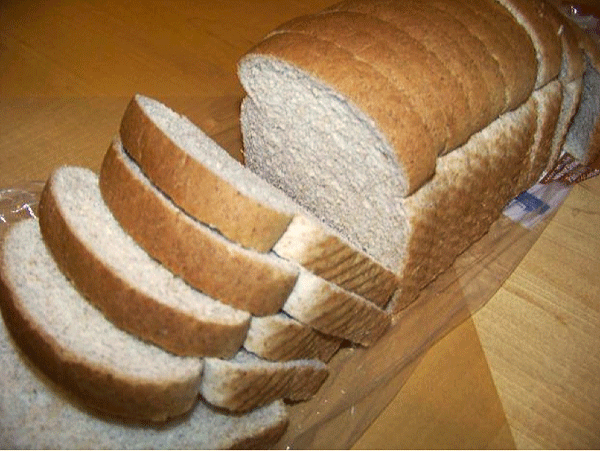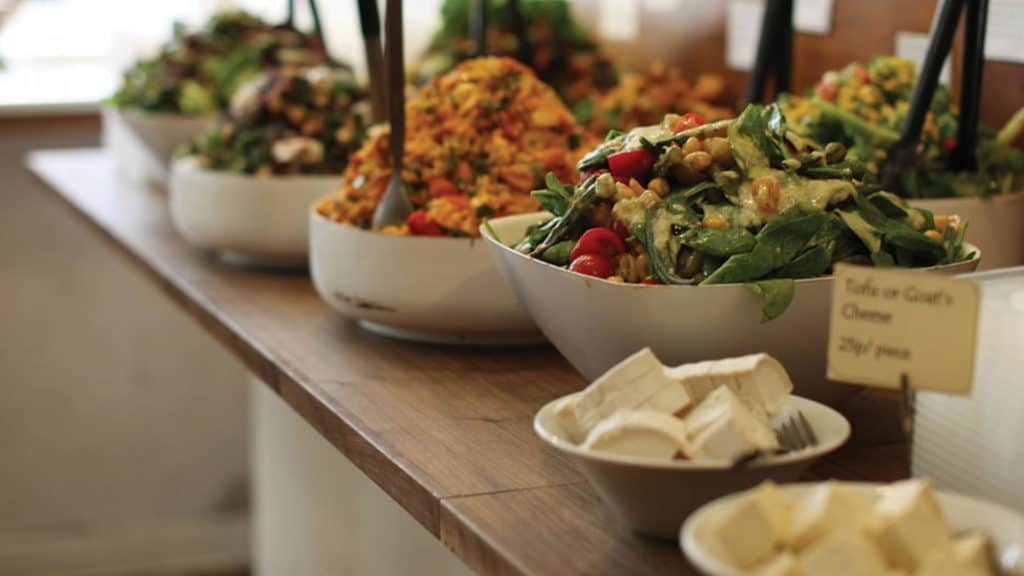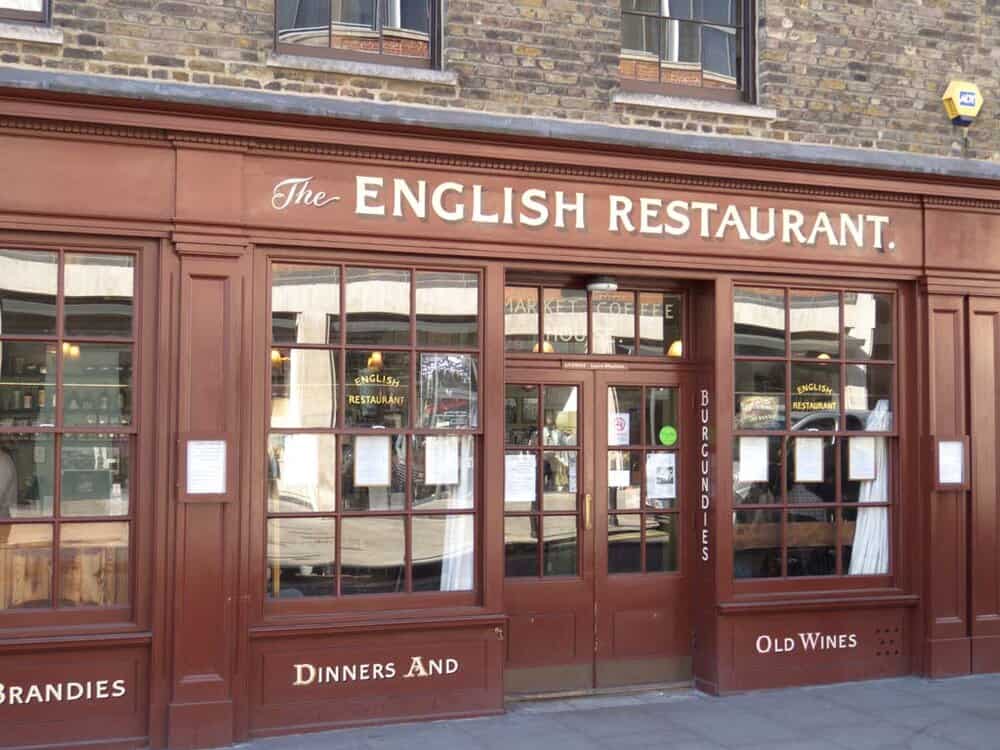The title of this blog is intended to provoke arguments. And it may well be that some other
nation which I have not thought about has undergone even more radical change.
But sitting here in London, it seems that food in the UK – and especially in the bigger cities
– has changed out of all recognition. And that applies whether you look at what we order
in restaurants – even the concept of food served outside the home is only fifty years old for
the vast majority of people – or what is available in supermarkets.
At the same time, we can see that there is a return to more traditional foods although often
with a difference.
Take the humble beetroot for example. This grows well in our climate
and costs only a little.
Once upon a time, there were just two ways of serving it. And both involved cooking it.
You could have a boiled beetroot sliced in a salad. Or you could have pickled beetroot.
These still exist.
Now, however, there are at least 99 recipes involving beetroot that anyone can easily find.
Beetroot soup – also known as Borscht – is perhaps the most basic variant. But you can
also find chocolate beetroot cake, beetroot with salmon, beetroot flavoured hummus
(another food that was unknown until quite recently as the main ingredient – chickpeas –
was rarely seen), and a whole host of beetroot flavoured dishes that score with the UK’s
growing number of vegetarians and vegans.

Garlic is now a staple. Once, it was something only eaten by foreigners and something
that most considered smelt awful.
Another food that has changed completely is the humble loaf. Although you can still buy
“white sliced” (the so-called Chorleywood process – named after the town just outside
London but still on the Underground map where the method was discovered in 1961) in
supermarkets, its popularity has tumbled.
It’s an endangered species. For a start, we have discovered all sorts of other breads and
wraps – pittas, naan breads, tortillas, sourdough, rye (dark/white) and breads with
everything in them from honey to onions. And then we don’t eat so much bread as we
once did. What we do eat tends towards premium pricing – “good” bread will cost £3 to £4
a loaf compared with under £1 for Chorleywood.

Britain has been one of the fastest nations in Europe to embrace non-meat – almost every
restaurant now offers vegetarian and vegan choices. At the same time, food safety laws
(or at least the fear of being sued for breaking them) mean that restaurants are more
careful with meat dishes – ask for a rare hamburger in most places and you will be lucky to
get one that is not cooked to a frazzle.

What’s coming? Here’s some predictions. Vegetables that often are only to be found in
shops catering to an ethnic community will become more widespread. Once we found the
courgette (zucchini) exotic. Now it is oca, manioc, nopales, sunchokes and dandelion
leaves.
Offal – those cuts of meat once eaten widely like liver or kidneys – will make a comeback
but not a cheap comeback. Offal is now hard to find with consumption down around 95% over the past four decades. But there are brilliant ways of cooking it, and chefs will find them.
Nothing is certain in fast changing food Britain – except our tastes and what we offer in
restaurants and supermarkets will continue to change, and change a lot. When joining us in one of our award winning tour around the world you benefit from our local guides insight and they are always happy to share with you.
